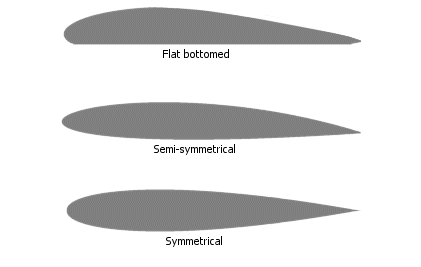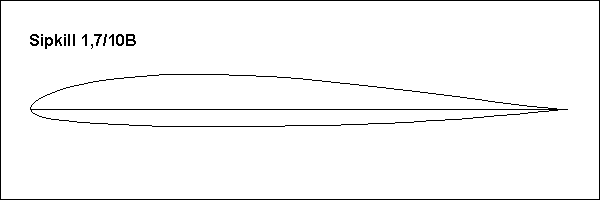

In this exploration, students will perform 3 trials for each of the adjustments to their prototypes. Conducting trials several times (large sample size) will yield the most accurate results.

When testing a prototype of a design, trials are critical. Using any of these controls will increase the drag force on the aircraft, slowing it down slightly (they all restrict the air flow). This causes the rear of the aircraft to drop, lifting the nose. When the elevators tilt upward, the curve of the stabilizer is decreased. This provides extra lift at the rear of the aircraft, causing the nose to point downward. When the elevators tilt downward, the curve of the stabilizer is increased. The movement controlled by the elevators is called "pitch." When they are in neutral position, the plane is level. The elevators are located on the trailing edge of the horizontal stabilizer, on each side of the fin. It helps smooth out the turn created by the ailerons.

The rudder is NOT used to turn the plane. If the rudder shifts to the right, the air pushes more against the right side of the tail, swinging the tail to the left. The movement controlled by the rudder is called "yaw." When the rudder is in neutral position, the aircraft flies straight. The rudder is on the trailing edge of the vertical fin and can be angled right or left. The left and right ailerons always move in opposite directions, meaning that one wing lifts and the other drops, turning the plane. When the pilot turns the control wheel (or stick) to the left, the left aileron goes up (decreases lift) and the right aileron goes down (increases lift), causing the plane to tilt to the left. If the aileron points upward, the curvature of the airfoil is decreased, reducing the lift. If the aileron is folded slightly downward, the curvature of the airfoil is increased, increasing the lift. When the ailerons are in neutral position, the aircraft is level. The movement controlled by the ailerons is called "roll". The ailerons are situated on the trailing edge of the wing and can be angled upward or downward. On an airplane, there are three "flight controls": the ailerons (on the wings), which control the "roll" the rudder, which controls the "yaw" and the elevators (on the tail fins), which control the "pitch". By changing the shape of the airfoil slightly, a pilot can adjust the amount of lift on each wing.


 0 kommentar(er)
0 kommentar(er)
